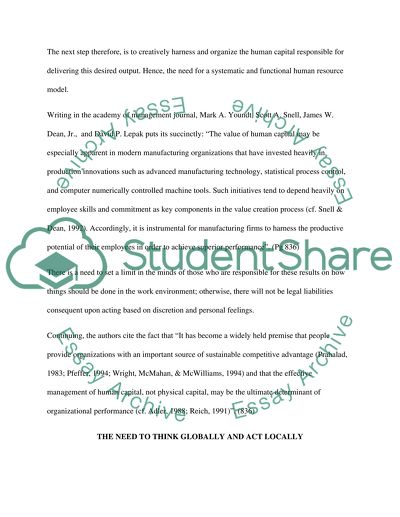Cite this document
(Adoption of Strategic Human Resource Policies and Practices at Watson Case Study, n.d.)
Adoption of Strategic Human Resource Policies and Practices at Watson Case Study. Retrieved from https://studentshare.org/human-resources/1509146-human-resource-management-goals-and-policies
Adoption of Strategic Human Resource Policies and Practices at Watson Case Study. Retrieved from https://studentshare.org/human-resources/1509146-human-resource-management-goals-and-policies
(Adoption of Strategic Human Resource Policies and Practices at Watson Case Study)
Adoption of Strategic Human Resource Policies and Practices at Watson Case Study. https://studentshare.org/human-resources/1509146-human-resource-management-goals-and-policies.
Adoption of Strategic Human Resource Policies and Practices at Watson Case Study. https://studentshare.org/human-resources/1509146-human-resource-management-goals-and-policies.
“Adoption of Strategic Human Resource Policies and Practices at Watson Case Study”, n.d. https://studentshare.org/human-resources/1509146-human-resource-management-goals-and-policies.


